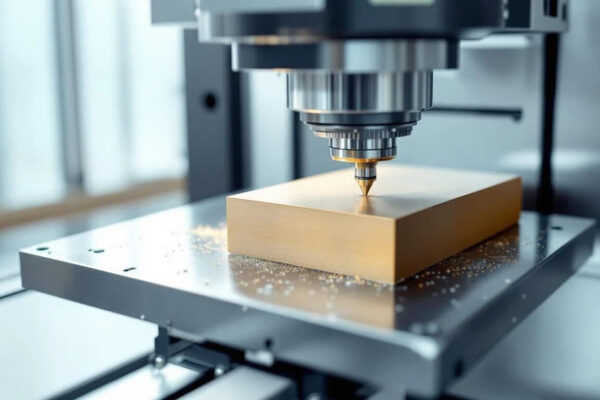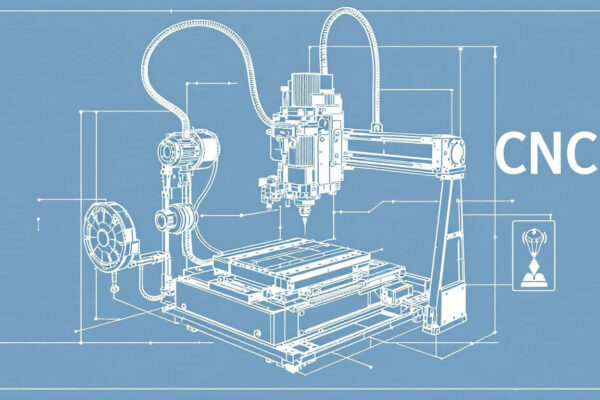Key Takeaways
- Mechatronics solutions (and mechatronic solutions) unify mechanics, electronics, controls, and software into integrated mechatronic systems solutions that shorten time-to-market and boost reliability.
- Understanding what a mechatronics engineer does helps you scope projects correctly: system architecture, sensor/actuator selection, control algorithms, and validation under real loads.
- Choosing a partner in mechanical manufacturing with in-house machining precision components capabilities reduces tolerance stack-ups and speeds iteration.
- When comparing mechatronics companies (or a single mechatronics company), evaluate cross-discipline depth, design-for-manufacture, and life-cycle testing—not just BOM pricing.
- Search variations like “mechtronic solutions” often appear in RFQs—standardize terminology internally to avoid spec drift and rework.
From smart fixtures and collaborative robots to precision test rigs and automated packaging cells, EMS providers deliver mechatronics solutions that integrate mechanics, electronics, firmware, and data. This guide explains project scoping, team roles, and supplier selection—so you can move from proof of concept to stable production with fewer surprises.
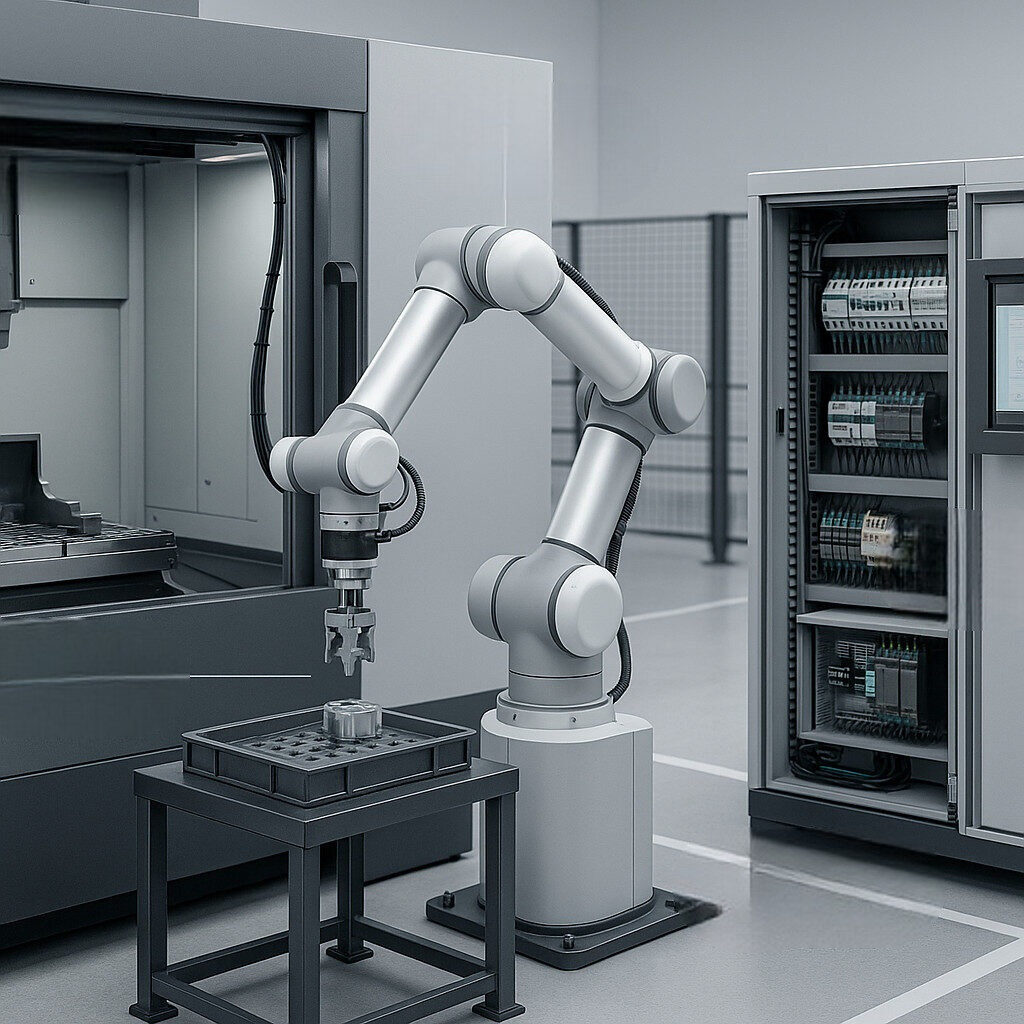
What Does a Mechatronics Engineer Do?
A mechatronics engineer defines the system architecture, models dynamics, selects sensors and actuators, implements control loops, and verifies the whole stack against real duty cycles. In EMS programs, they bridge design, manufacturing engineering, and quality—turning requirements into a validated, buildable product.

From Idea to Line: Integrated Mechatronic Systems Solutions
A typical mechatronics project flows through five phases:
- Discovery & Requirements: Clarify use cases, operating environment, compliance targets, takt time, and budget.
- Concept & Architecture: Define motion axes, load cases, safety concepts, electronics topology, and what runs in real time vs. at the edge or in the cloud.
- Prototype: Build rapid hardware and a firmware MVP, set up SIL/HIL benches, and tune closed-loop control under realistic loads.
- Pilot Build: Implement design-for-assembly, design fixtures, prepare SPC plans, and run initial reliability screening.
- Ramp & Sustain: Finalize tooling, PFMEA/CPK, field telemetry, and continuous improvement for stable series production.
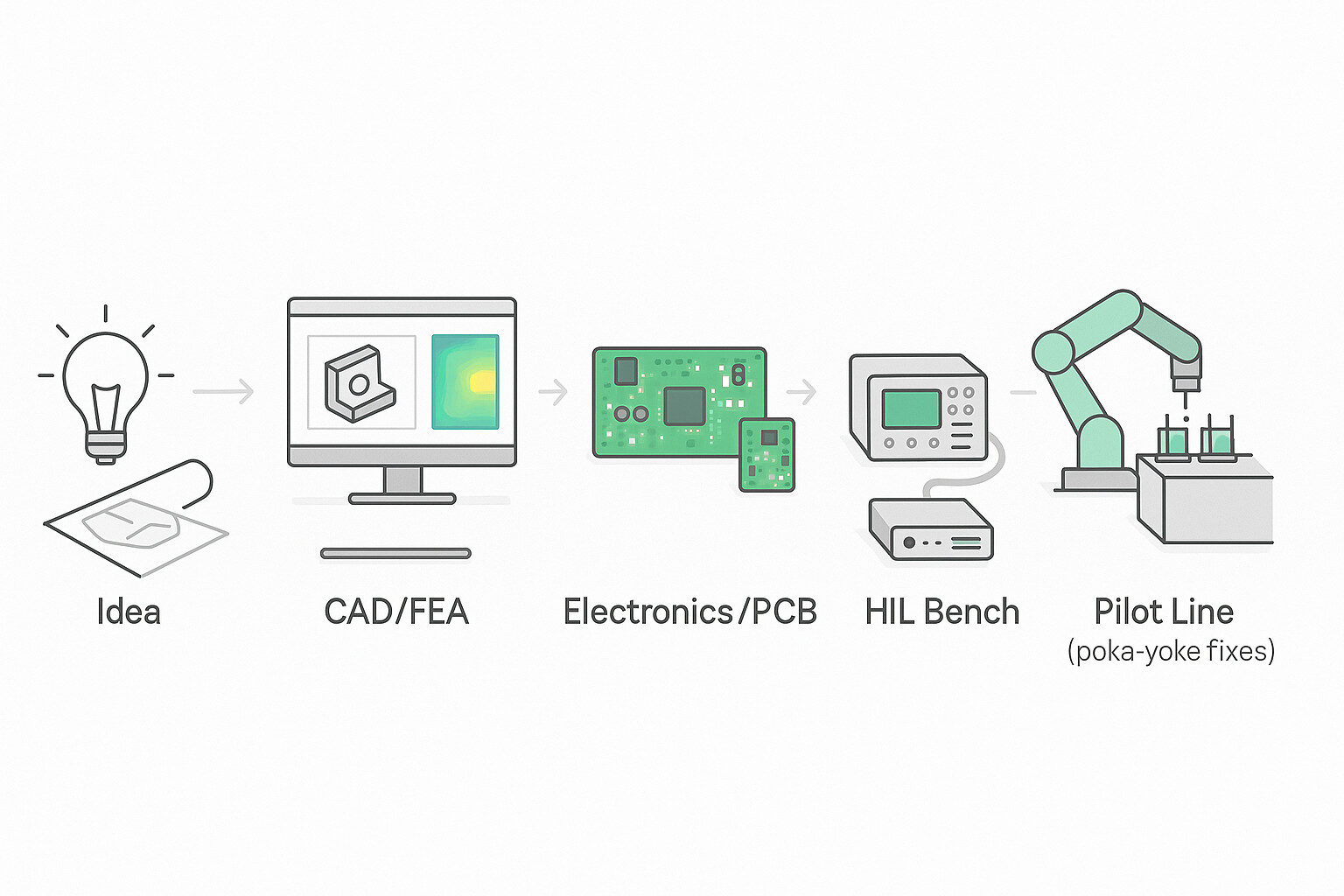
Your Partner in Mechanical Manufacturing
A credible EMS partner in mechanical manufacturing pairs precision machining with mechatronic integration. Tight-tolerance housings, shafts, and frames reduce later compliance work and enable more aggressive control bandwidths without chatter.
Typical scope includes:
- Machining precision components: 5-axis milled frames, ground rails, hard-turned bushings, honed bores.
- Metrology: GD&T discipline, CMM measurements, surface finish and roundness/flatness reports tied to serial numbers.
- Finish & Assembly: Anodizing/passivation, press-fits, bonding, and alignment jigs for repeatability.

Controls, Electronics & Software—All Under One Roof
Great mechanics can still fail without stable power, clean signals, and robust firmware. Leading mechatronics engineering companies co-design PCBs, harnesses, safety circuits, and embedded stacks together with the mechanics to avoid late-stage surprises.
Key building blocks:
- Drives & Motion: Drive selection and current loops (FOC/PID), encoder feedback, anti-backlash strategies.
- Electronics & Safety: Noise-aware PCB layouts, sensor fusion, watchdogs, and safe-state design.
- Software & Data: Data logging, diagnostics, OTA update paths, and cybersecurity basics.
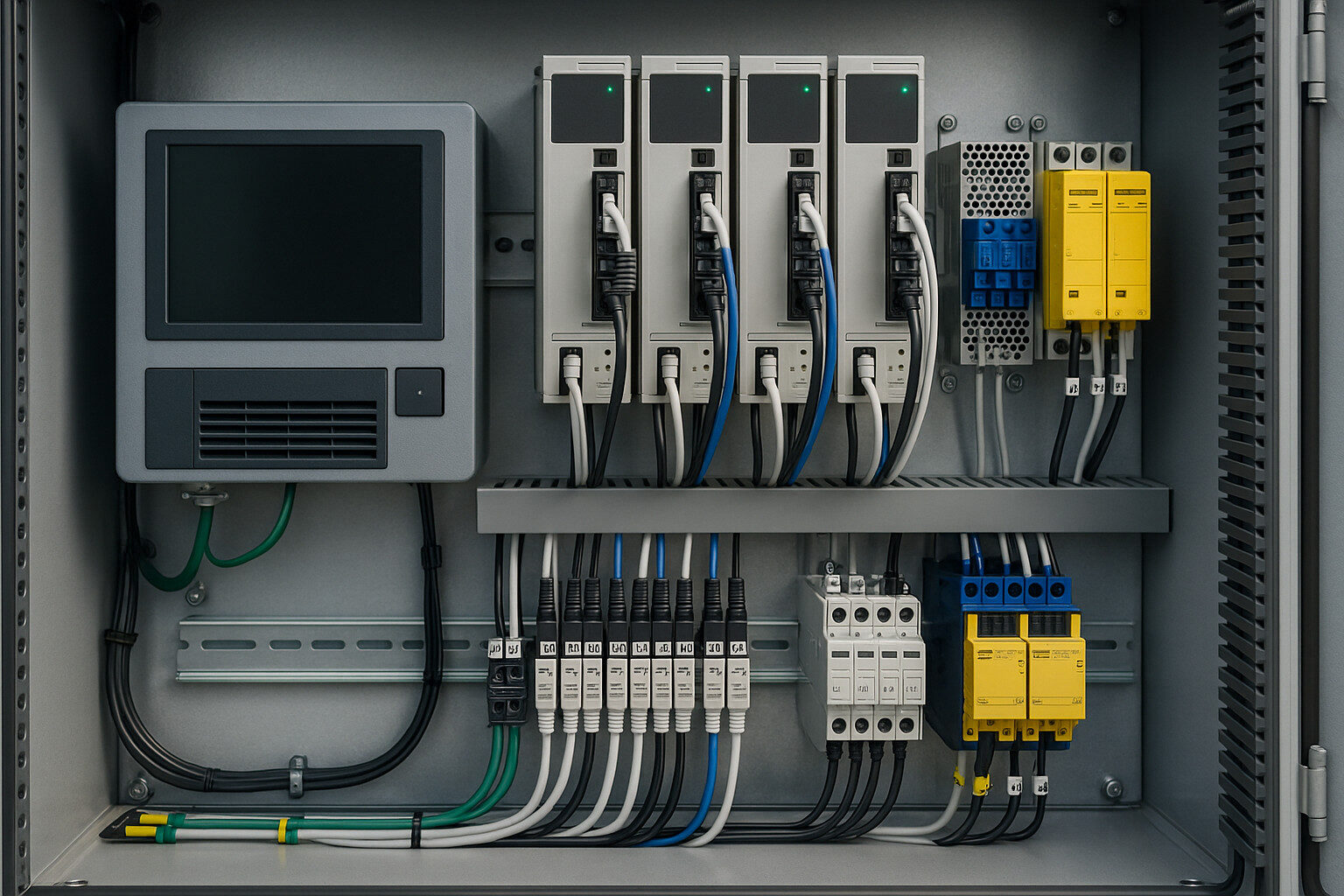
How to Compare Mechatronics Companies
Whether you engage one mechatronics company or shortlist multiple mechatronics companies, use objective criteria beyond unit cost.
| Criterion | What Good Looks Like | Why It Matters |
|---|---|---|
| Architecture & Modeling | Plant models, load cases, digital twins | Predictable behavior before metal-cutting |
| Mechanical | Machining precision components, GD&T discipline | Lower tolerance stack-ups |
| Electronics | Safety, EMC design, derating, maintainability | Higher field reliability |
| Controls & Software | Closed-loop tuning, fault handling, OTA updates | Performance and uptime |
| Validation | SIL/HIL, HALT/HASS, endurance testing | Confidence at ramp |
| Operations | DFM/DFA, SPC/CPK, traceability | Stable series production |
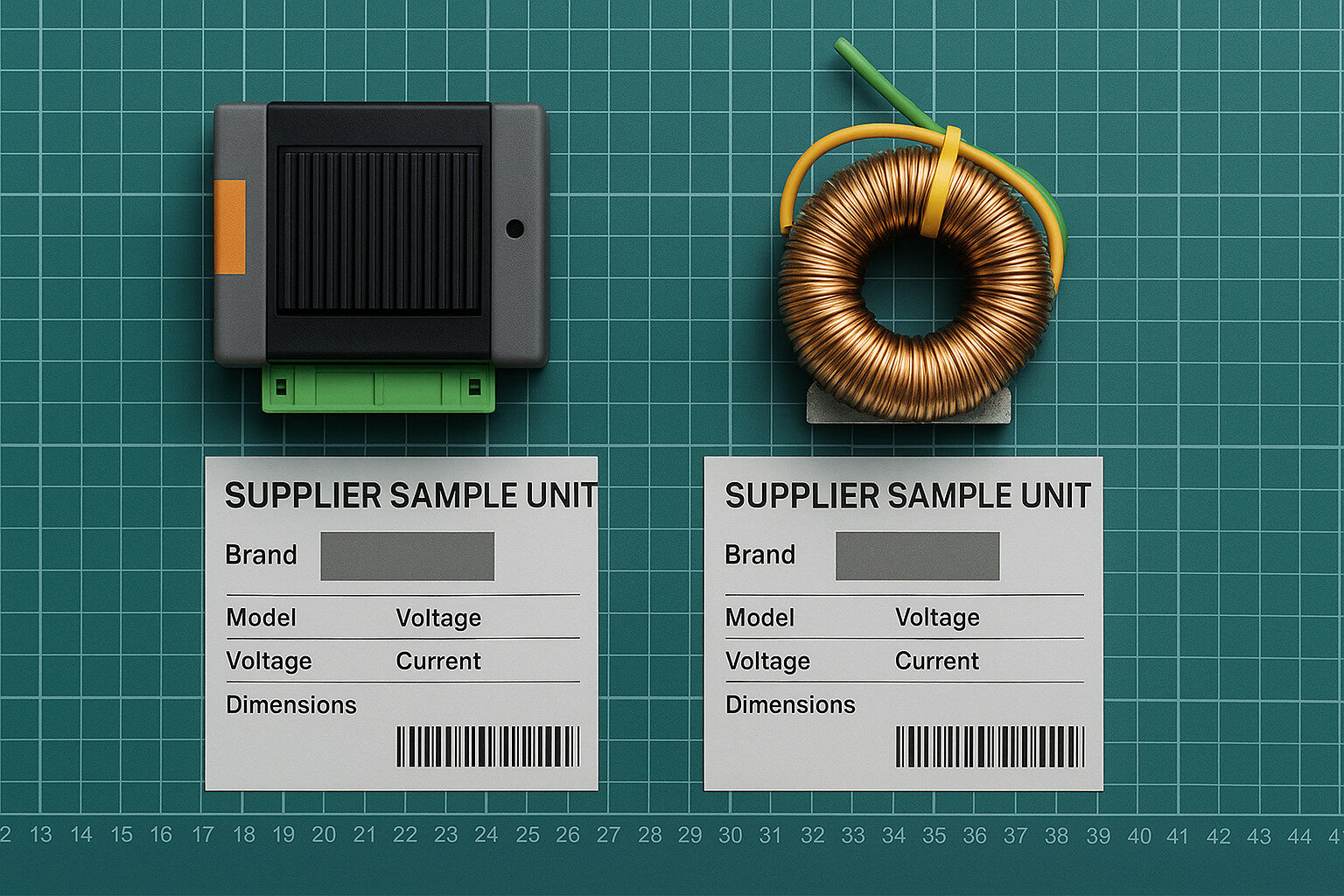
Case Snapshots: Mechatronics Solutions in Action
- Automated torque test rig: Integrated servo axis, load cell, and HIL controller to improve GR&R and significantly reduce cycle time.
- Vision-guided pick-and-place: Cobots, structured light, compliant grippers, and 24/7 packaging with rapid product changeovers.
- End-of-line functional test: NI-based instrumentation, safety I/O, and data lake integration for traceable pass/fail results per serial number.

FAQ
Q1. In one sentence—what does a mechatronics engineer do?
A: Architect, integrate, and validate the combined mechanics-electronics-software system so the product meets performance, safety, cost, and schedule targets in the real world.
Q2. Should we hire a single mechatronics company or multiple vendors?
A: A single accountable integrator reduces interface risk; when benchmarking mechatronics engineering companies, request a pilot build plan, a validation matrix, and sample reports.
Q3. Where do machining and electronics meet?
A: At datum-driven frames and thermal paths—tight machining precision components enable higher control bandwidths and lower drift for sensors and actuators.
Q4. Do you support turnkey mechatronic solutions?
A: Yes—TPS Elektronik delivers mechatronic solutions from concept to series production, including controls, electronics, mechanics, and compliance as integrated mechatronic systems solutions.
TPS Elektronik provides end-to-end mechatronics solutions as your partner in mechanical manufacturing—covering design, machining precision components, controls, electronics, and factory validation. Send your URS and we’ll return an architecture and pilot plan within your budget window.



